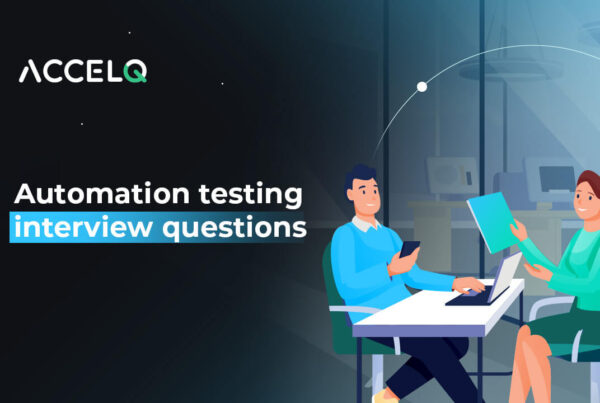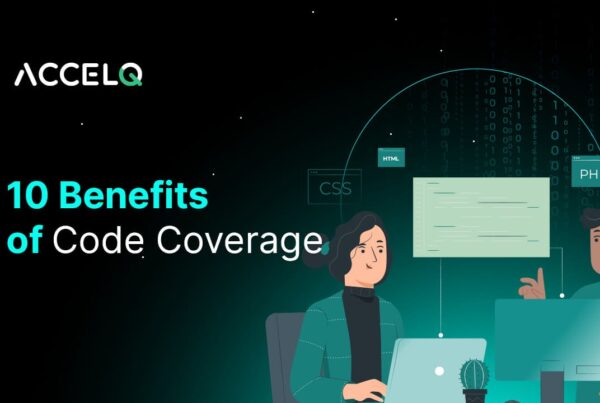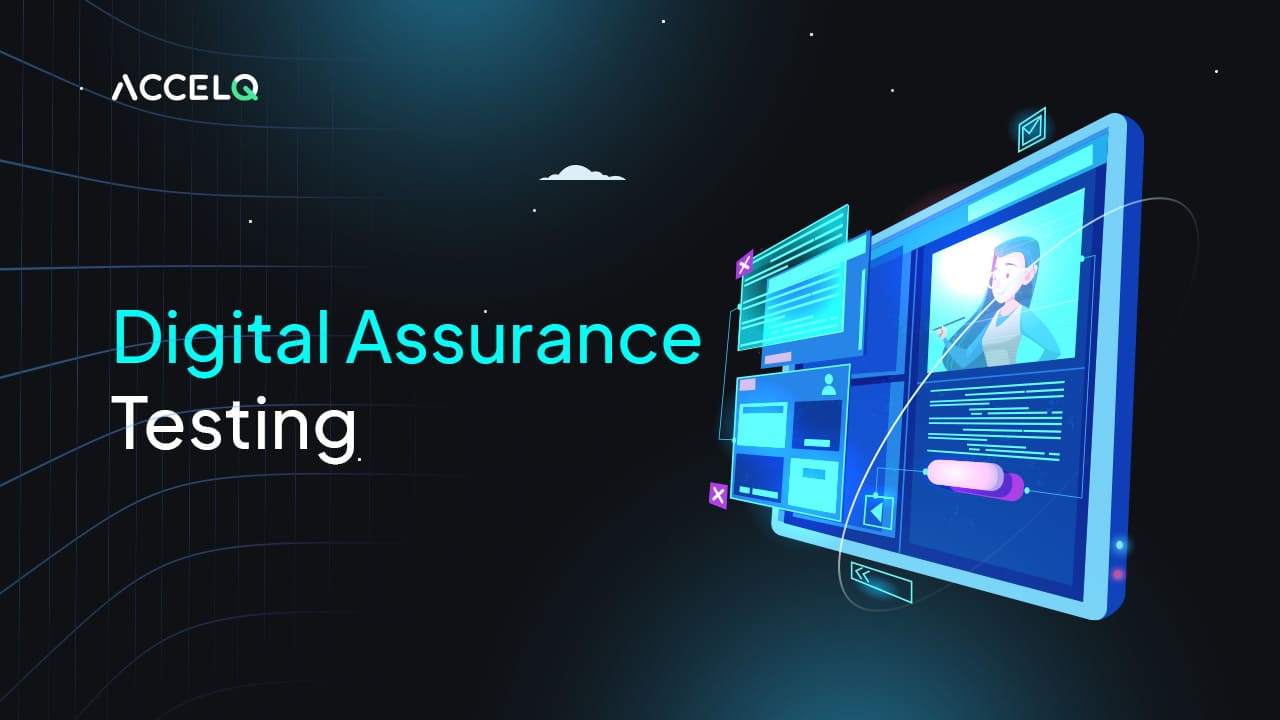Digital Assurance Testing: Future of Tech

Assuring digital platforms dependability, security, and performance has become critical in the modern developing world. This is where Digital Assurance Testing comes in, as a beacon directing the tech industry to a future in which digital products are not only innovative but also robust and user-friendly.
What is Digital Assurance Testing?
Digital Assurance Testing is an all-encompassing method for ensuring digital solutions meet quality and performance standards. As a result, it will provide a smooth user experience across all digital platforms.
Digital assurance testing goes beyond standard testing methods by testing for usability, security, performance, and compatibility. It is not restricted to finding bugs, it is more about securing digital systems that can handle new technology.
The Components of Digital Assurance Testing
Digital Assurance Testing is built on several pillars, each crucial for upholding the integrity of digital solutions:
- Mobile Tests Digital assurance: Because smartphones are so common, it’s important to ensure that apps work perfectly on all of them.
- Platform for cloud-based assurance: Using the cloud for testing lets you access many different testing settings and make changes as needed without spending a lot of money on infrastructure.
- Digital Assurance Testing Services: These are specifically designed for web, mobile, and Internet of Things (IoT) devices.
How Digital Assurance Testing Works: A Closer Look
The process of Digital Assurance Testing is intricate, involving several key steps that ensure digital products meet and exceed the expectations of both the business and its users. Here’s a more detailed exploration:
1. Strategy Development
To begin with, you must create a thorough testing plan that fits your business goals and the digital solution’s technology environment. This strategy considers the solution’s intended audience, the platforms it will be offered on (web, mobile, IoT), and the specific performance, security, and usability needs. By setting clear goals and metrics, teams can ensure that their testing is focused and successful.
2. Test Planning and Design
Once there is a plan, the next step is to plan and make the tests. To do this, you need to list the main features that need to be tested, along with the testing types (like functional, speed, security, and usability testing) and the technologies and tools that will be used. Test cases are made to cover every part of the digital solution, ensuring that all tests are complete.
3. Test Automation and Execution
Test automation in digital assurance speeds up the process and makes it more effective. Automation testing tools that work with both the development and deployment platforms are used to make automated test scripts. Because these scripts can be run repeatedly, every part of the digital solution can be tested fully. Automation is especially important for regression testing, which involves testing functions that have already been built and tested again to ensure that any bugs introduced by new changes have been fixed.
4. Continuous Testing and Integration
Digital Assurance Testing is now part of agile development’s CI/CD pipeline. This means that testing happens constantly during development, from the beginning to the end and beyond. Running tests always helps find bugs quickly, resulting in lowering the time and money needed to fix them.
5. Performance and Security Testing
Performance and security are very important in today’s digital solutions, so Digital Assurance Testing focuses on these areas. Performance testing makes sure that the digital solution can handle the load that is expected of it and works well in a variety of settings. Testing for security, however, finds holes and ensures that data security methods work, protecting against possible breaches.
6. Cross-Platform and Device Testing
Digital Assurance Testing includes cross-platform and device testing because people use different platforms and devices. On all devices and platforms, from desktops and laptops to smartphones and tablets. This ensures that the digital solution gives users a smooth and uniform experience.
7. Feedback Integration and Continuous Improvement
Digital Assurance Testing is a repeated process. Test results are constantly fed back into the development process, which makes it possible to tweak and boost the digital answer. This cycle of iterations ensures that the end product is bug-free and meets business goals and user expectations.
Challenges in Implementing Digital Assurance Testing
Despite its importance, implementing Digital Assurance Testing is not without its challenges. These include:
- Keeping up with how quickly technology changes things and ensuring that testing methods are always up to date.
- Adding tests to agile and DevOps methods without slowing down the development process.
- Make sure that tests are run on a wide range of systems, devices, and environments.
Conclusion
The path of Digital Assurance Testing is like navigating a complicated digital environment that is both hard to understand and full of chances to learn and grow. ACCELQ’s Live for digital assurance testing speeds up testing and lowers the time it takes to get digital products to market, all while meeting the highest quality and performance standards.
Ultimately, Digital Assurance Testing is not a choice, it’s a must in this digital world. By embracing it, businesses can ensure their digital products are not only cutting-edge but also safe, reliable, and up-to-date with today’s needs.
Geosley Andrades
Director, Product Evangelist at ACCELQ
Geosley is a Test Automation Evangelist and Community builder at ACCELQ. Being passionate about continuous learning, Geosley helps ACCELQ with innovative solutions to transform test automation to be simpler, more reliable, and sustainable for the real world.
You Might Also Like:
 Top 27 Automation Testing Interview Questions and Answers
Top 27 Automation Testing Interview Questions and Answers
Top 27 Automation Testing Interview Questions and Answers
 How to Ease QA Teams Into Automation?
How to Ease QA Teams Into Automation?
How to Ease QA Teams Into Automation?
 Code Coverage Benefits Every QA Team Should Use in 2026
Code Coverage Benefits Every QA Team Should Use in 2026




































